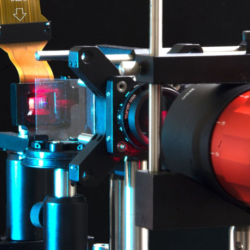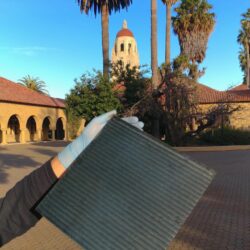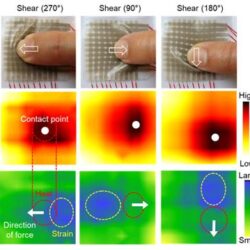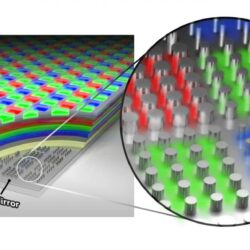Neural Holography bridging simulation and reality
Virtual and augmented reality headsets are designed to place wearers directly into other environments, worlds and experiences. While the technology is already popular among consumers for its immersive quality, there could be a future where the holographic displays look even more like real life. In their own pursuit of these better displays, the Stanford Computational Imaging Read more about Neural Holography bridging simulation and reality[…]



